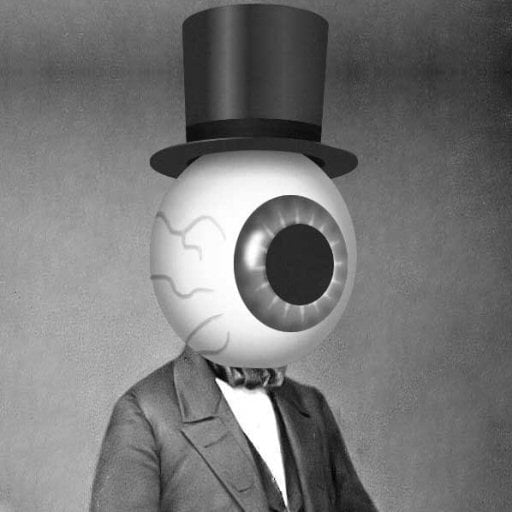I have a cheap bedslinger, an Anycubic Kobra 2, and generally it’s a pretty decent printer at the price. I have flashed klipper FW on it, so I’m not using Anycubics FW.
I have issues whenever I try printing bigger parts, the first layer is always complete shit (see post photo).
Heightmap, measured with inductive probe
 range is only 0.085mm from min to max, so it should be reasonably flat. The heightmap is automatically recalibrated and loaded as part of my print_begin macro.
range is only 0.085mm from min to max, so it should be reasonably flat. The heightmap is automatically recalibrated and loaded as part of my print_begin macro.
Slicer settings for line width

I don’t know if my printer just doesn’t correct Z-height during first layer, if my line width settings are completely messed up or what is causing this, but the issue is only apparent on bigger parts with large contract surface on the bed.
[SOLVED] It was just Z-offset that was too low causing this. however when running the calibration routine from ellis3dp on first layer squish, the settings that looked good on the small calibration patches, looked like crap on bigger prints. I needed a bit higher Z-offset, but that solved it.

Looks like textbook too close to the bed. What firmware are you running, are you able to baby step while printing? Also what filament are you printing?
As mentioned in the OP, I’m running klipper. Yes I can microstep it, but I haven’t been able to find a sweetspot where it all looks acceptable.
The good news is that you’re running Klipper, so you can tune this very easily.
Go download a first layer patch from Ellis and use his guide as a reference.
The idea is to place 10 or so on the bed and adjust your z-offset on the fly until you get it right. Once you’ve found the correct amount update your printer.cfg.
PLA wants a small amount of squish. If you run your finger over the surface it should feel smooth. If you feel the ridges you’re too low. And if it is wavy you’re super low.
As others have said, almost certainly nozzle too close to bed. Check your printer for a Z offset setting and click it up .1 or so.
Is 120% Normal for first layer?
It’s 0.48mm width with my 0.4mm nozzle, I think that’s a pretty reasonable line width for first layer? Could be wrong though
My first guess would be your first layer is too low, just cuz the wrinkles usually imply too much material so it has to wrinkle up to make room.
Just to comment a bit:
I think this is one of the casualties of “the paper method” being so poorly defined (because oldhats gotta gatekeep the hobby). People eventually learn WHAT the paper trick is (lower the nozzle until you can JUST slip a piece of paper between it and the bed) but not the next step which is to then step back “one step”. Which… also can end horribly because different printers have different dZ and people forget that their layer height is generally O(0.1 mm). So if you are doing 0.2 mm layers and your nozzle is 0.05 mm from the bed…
When I was learning I definitely made that mistake. Had poor bed adhesion and eventually learned about The Paper Method. Did that and thought I was smug and then… no prints worked and I had to clean my nozzle every time. Eventually found the last step and then looked at the number of what dZ was. Was useful because it means I actually understand how first layers work. Was obnoxious for all the obvious reasons.
Its why I really like that the more newbie friendly outlets and channels are increasingly suggesting using feeler gauges instead. That has other problems (people not realize there are error bars around that 0.3025 mm gauge…) but it provides a much more reproducible method (and can be semi-automated if you have a multimeter and some tape).
Loos to me like overextrusion on the first layer. Mayhaps lower that first layer line width and check z offset. Also check esteps and extrusion multiplier.
First layer too close as everyone has said, but I’ve also seen that effect when the flow rate is too high.
Are you letting your bed soak (sit heated up) before probing? Beds warp as they heat and if you start probing immediately after it comes to temp the shape of the bed will likely change as it settles.
I haven’t noticed any difference in this even when soaking for +45min
Then it has to either be z offset or over extrusion. Both are easily calibrated.
Is there a lot of crackling from the nozzle? It’s heard of some filament absorbing trace bits of water that can cause gaps and bubbles like that.
No it’s completely dry filament, I store it in dry boxes with silica, and always print straight from the dryer. There are also no other issues that is related to moisture in filament, it prints well except for the very first layer, and first layer is only an issue on large models. It’s not limited to this specific filament.
This particular print is also printing well, as soon as it’s beyond the first layer.

This adds even more credence to the idea of your nozzle being too close to your bed for your first layer.
Yeah it was just too close, but it was only really an issue on the larger prints (I don’t make that many of those). The offset that looks fine on the smaller calibration patches looks like shit on the bigger prints.
I was able to find a good setting eventually though

Good to hear!



